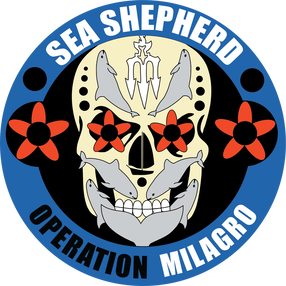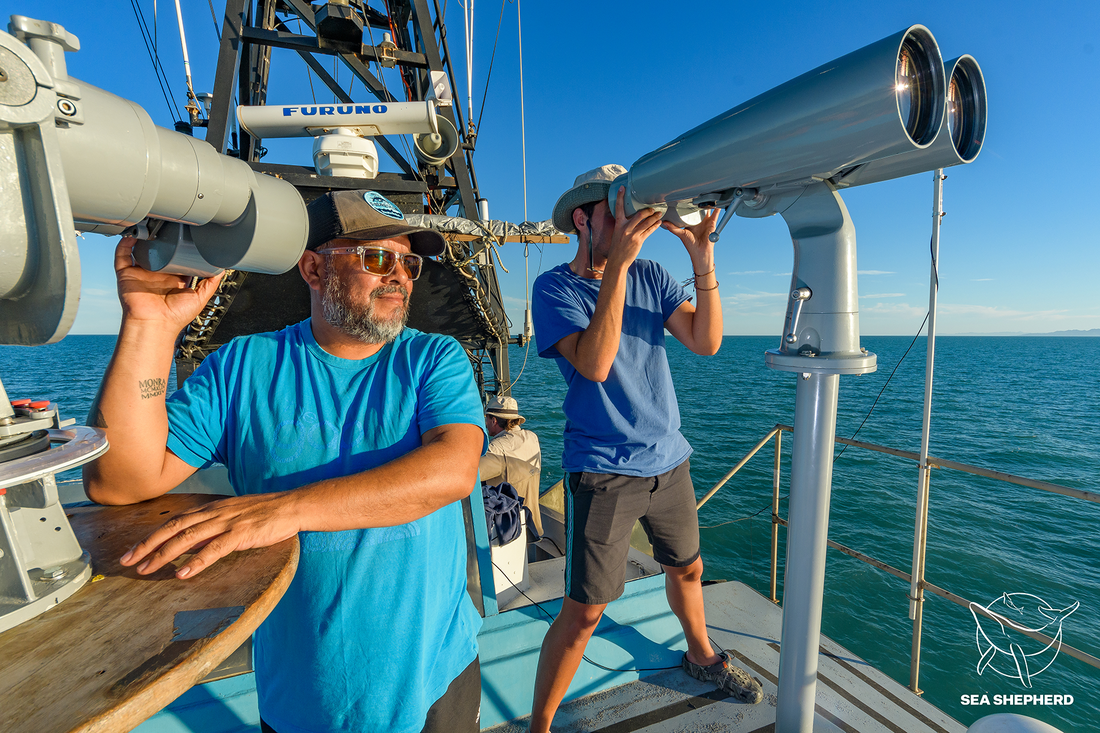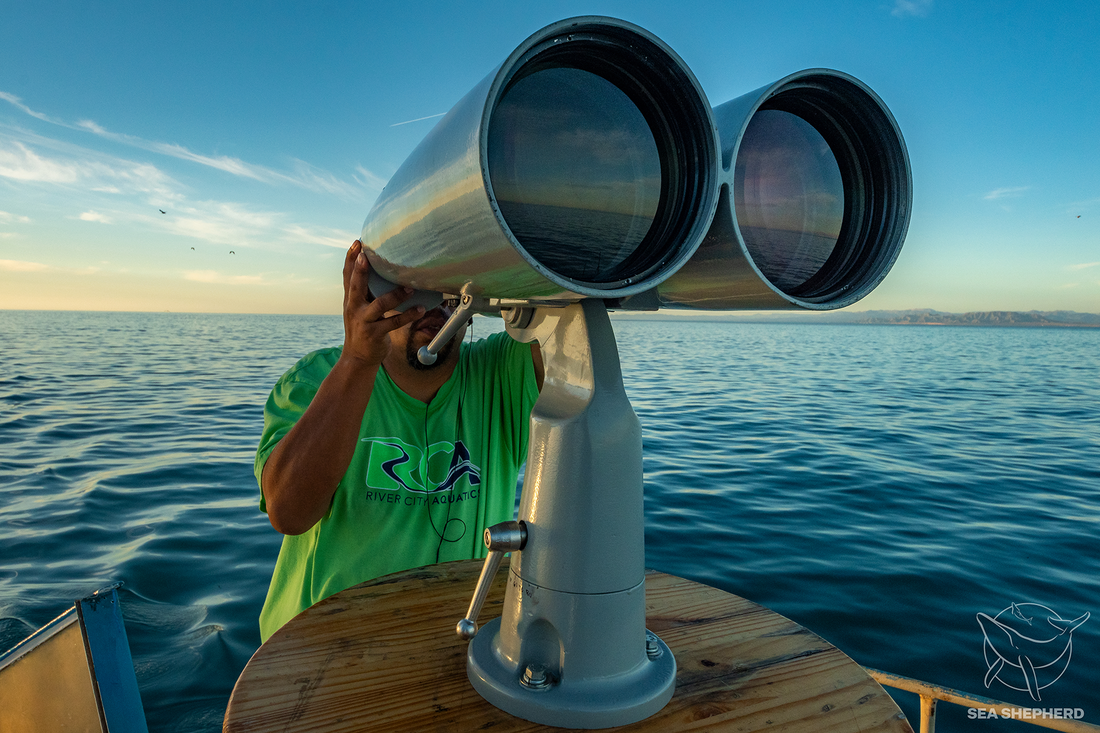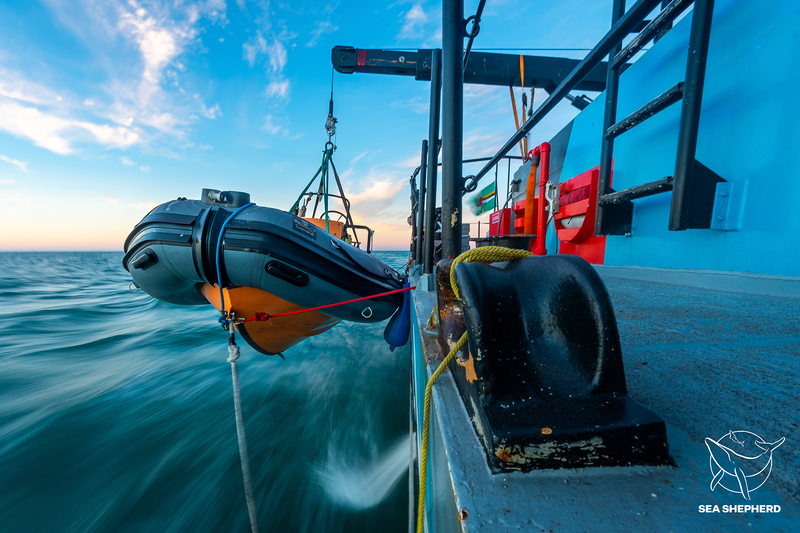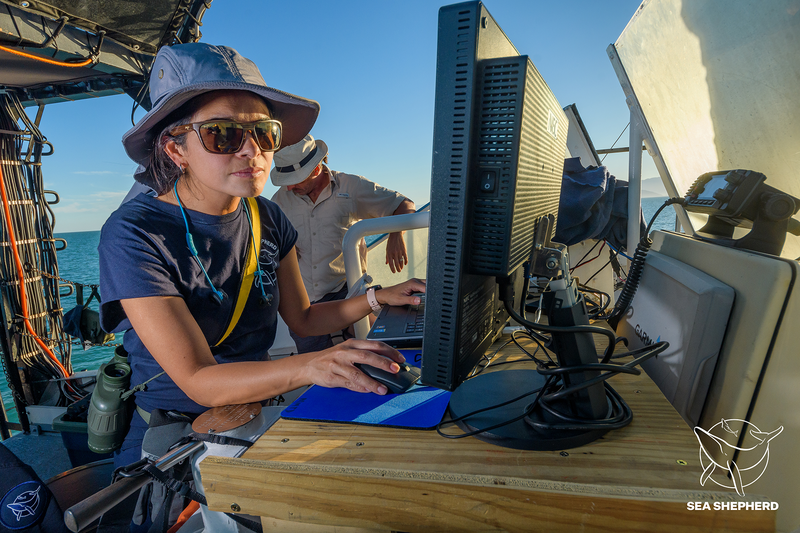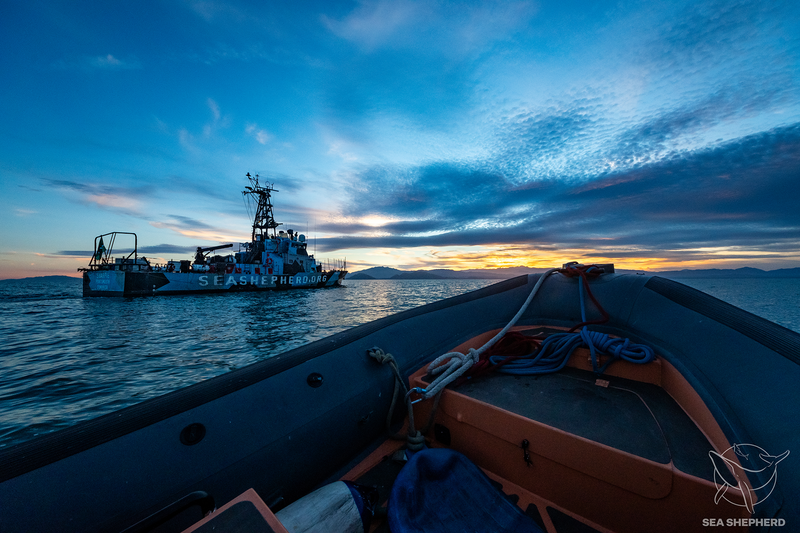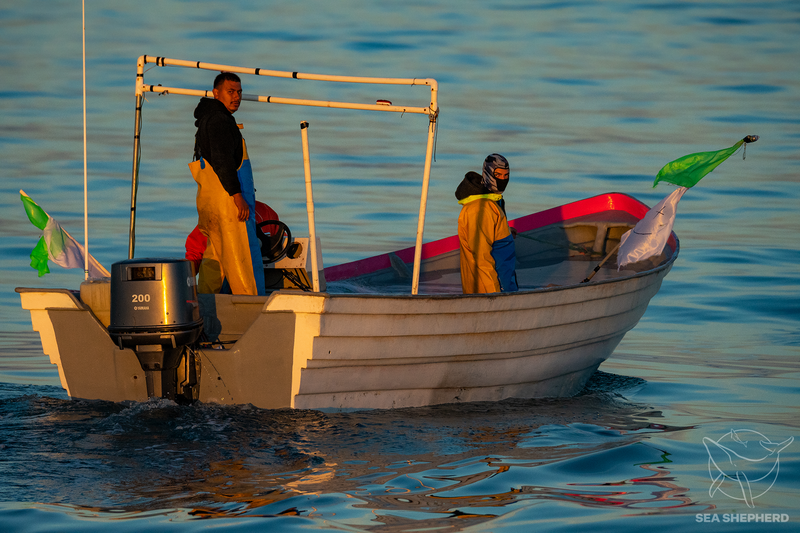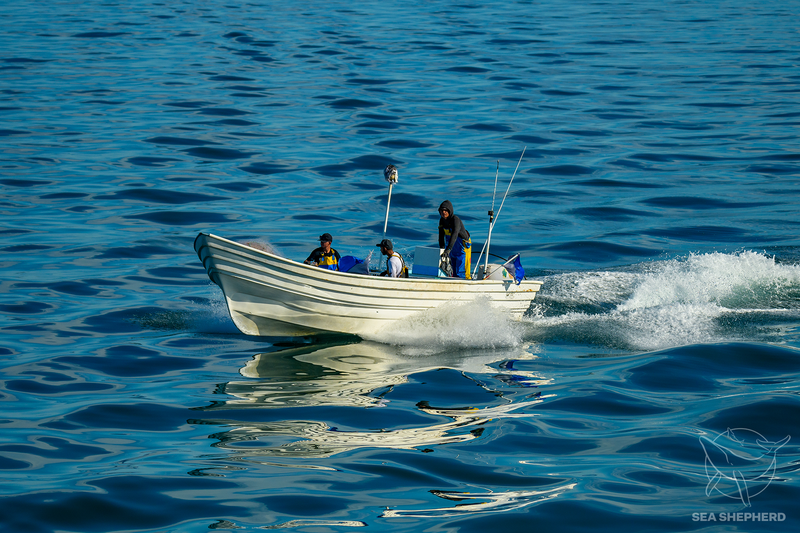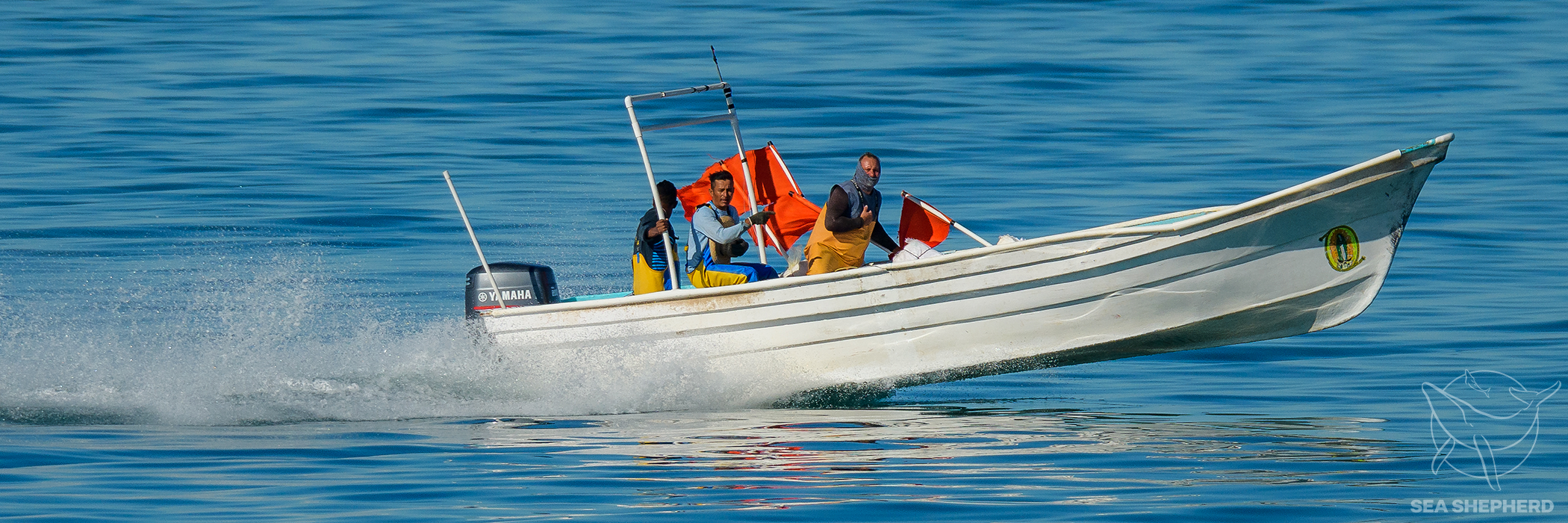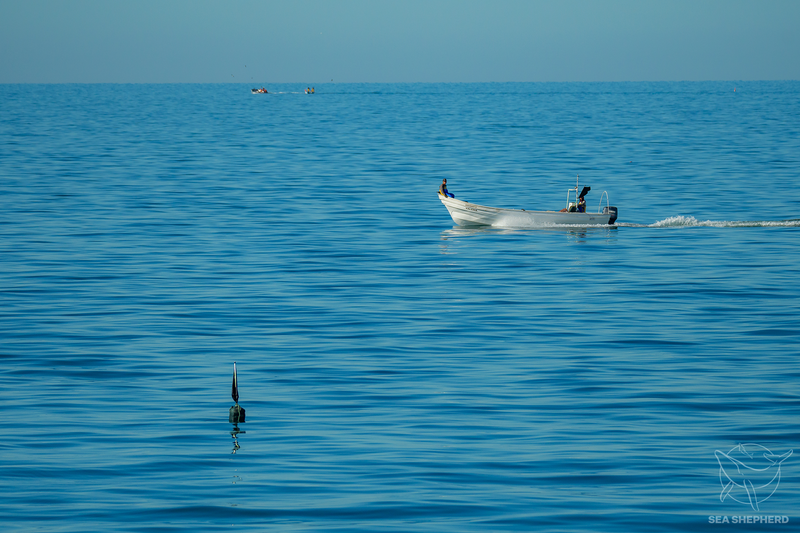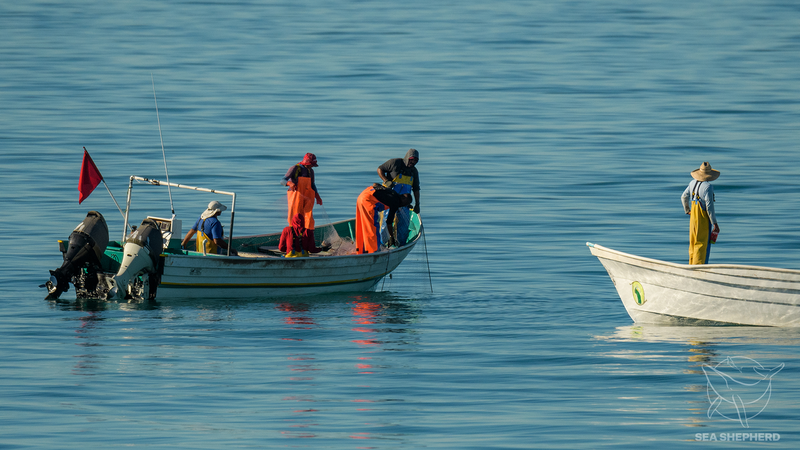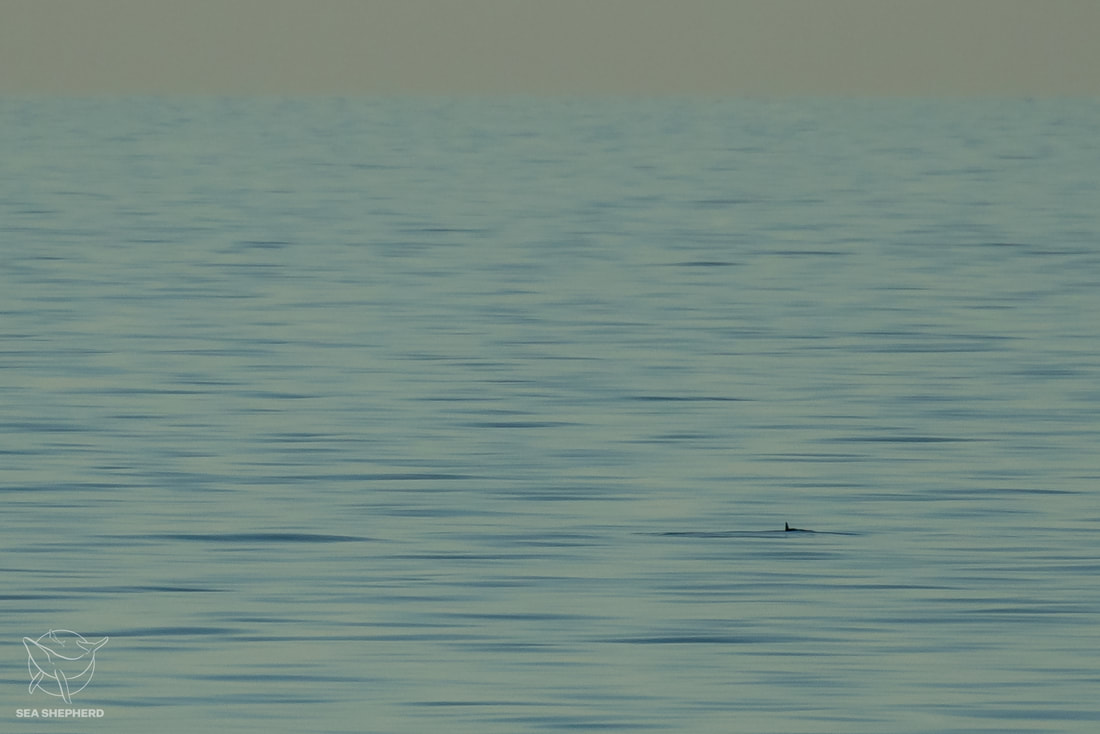SURVEY FOR THE LAST VAQUITA PORPOISES ON EARTH
Synopsis:
After a two year hiatus to run the Operation Milagro campaign because of Covid, in October of 2021 a Sea Shepherd team was able to finally head back to the Gulf of California, also known as the Sea of Cortez, to protect the rarest, most Critically Endangered cetacean on Earth, the vaquita porpoise. There were thought to be less than 15 of these tiny porpoises left in 2019. Vaquita are not only the rarest cetaceans but the smallest too at about only three feet long. On the trip I went on, the eighth of its kind, which is why it is called Milagro VIII ("milagro" means "miracle" in spanish), we found, at most... eight individuals left. Possibly six adults and two babies, but hopefully there are more located outside the Zero-Tolerance Zone. We spent a month on board Sea Shepherd's SS Sharpie to look for dorsal fins the hight of an American football in the vast, open ocean.
The protected area where the campaign primarily operates from is off the coast of San Felipe, Mexico. Operation Milagro is also split up into two main parts: first the survey for the vaquita porpoise to determine how many are left, and the second part consists of another month-long trip to remove illegal fishing nets from the Zero-Tolerance Zone. That area is called "Zero-Tolerance" because there is supposed to be absolutely no fishing allowed in that area. The Mexican Navy, which was supposed to be supporting the protection, didn't lift a finger to clear the poachers roaming around there during our survey. This might be changing though. As of April 2022, the Mexican Navy will supposedly be putting more effort into their partnership with Sea Shepherd, which previously fell apart due to circumstances I can't talk about.
Most of the crew spent a whole month on the SS Sharpie, but there was a very select time where some of the crew were allowed to visit one of the many desert islands in the Gulf of California for a few hours in the middle of the day. This is why you're going to see more images of the desert island's ecosystem life than life on the ocean. The times we saw animals in the water were few and far between. When it did happen, typically every person on the ship got on deck to see what animals blessed us with their presence.
The very last image is of a vaquita porpoise. As distant as the animal is and as bad as the overall quality of the image is, I hope you appreciate it because it took insane amounts of effort from the crew, including hundreds of hours of watching flat water, dodging hurricanes and storms, pressing through sickness and injuries, and it might be the last image of a vaquita ever (but I certainly hope not). Even the biological team were ecstatic to see that less than ideal image.
Eight. There may be only eight or less left at the time of writing this. I sincerely hope we don't see the extinction of another incredible, amazing species.
After a two year hiatus to run the Operation Milagro campaign because of Covid, in October of 2021 a Sea Shepherd team was able to finally head back to the Gulf of California, also known as the Sea of Cortez, to protect the rarest, most Critically Endangered cetacean on Earth, the vaquita porpoise. There were thought to be less than 15 of these tiny porpoises left in 2019. Vaquita are not only the rarest cetaceans but the smallest too at about only three feet long. On the trip I went on, the eighth of its kind, which is why it is called Milagro VIII ("milagro" means "miracle" in spanish), we found, at most... eight individuals left. Possibly six adults and two babies, but hopefully there are more located outside the Zero-Tolerance Zone. We spent a month on board Sea Shepherd's SS Sharpie to look for dorsal fins the hight of an American football in the vast, open ocean.
The protected area where the campaign primarily operates from is off the coast of San Felipe, Mexico. Operation Milagro is also split up into two main parts: first the survey for the vaquita porpoise to determine how many are left, and the second part consists of another month-long trip to remove illegal fishing nets from the Zero-Tolerance Zone. That area is called "Zero-Tolerance" because there is supposed to be absolutely no fishing allowed in that area. The Mexican Navy, which was supposed to be supporting the protection, didn't lift a finger to clear the poachers roaming around there during our survey. This might be changing though. As of April 2022, the Mexican Navy will supposedly be putting more effort into their partnership with Sea Shepherd, which previously fell apart due to circumstances I can't talk about.
Most of the crew spent a whole month on the SS Sharpie, but there was a very select time where some of the crew were allowed to visit one of the many desert islands in the Gulf of California for a few hours in the middle of the day. This is why you're going to see more images of the desert island's ecosystem life than life on the ocean. The times we saw animals in the water were few and far between. When it did happen, typically every person on the ship got on deck to see what animals blessed us with their presence.
The very last image is of a vaquita porpoise. As distant as the animal is and as bad as the overall quality of the image is, I hope you appreciate it because it took insane amounts of effort from the crew, including hundreds of hours of watching flat water, dodging hurricanes and storms, pressing through sickness and injuries, and it might be the last image of a vaquita ever (but I certainly hope not). Even the biological team were ecstatic to see that less than ideal image.
Eight. There may be only eight or less left at the time of writing this. I sincerely hope we don't see the extinction of another incredible, amazing species.
Due to the sensitivity of the project, images here have been limited.
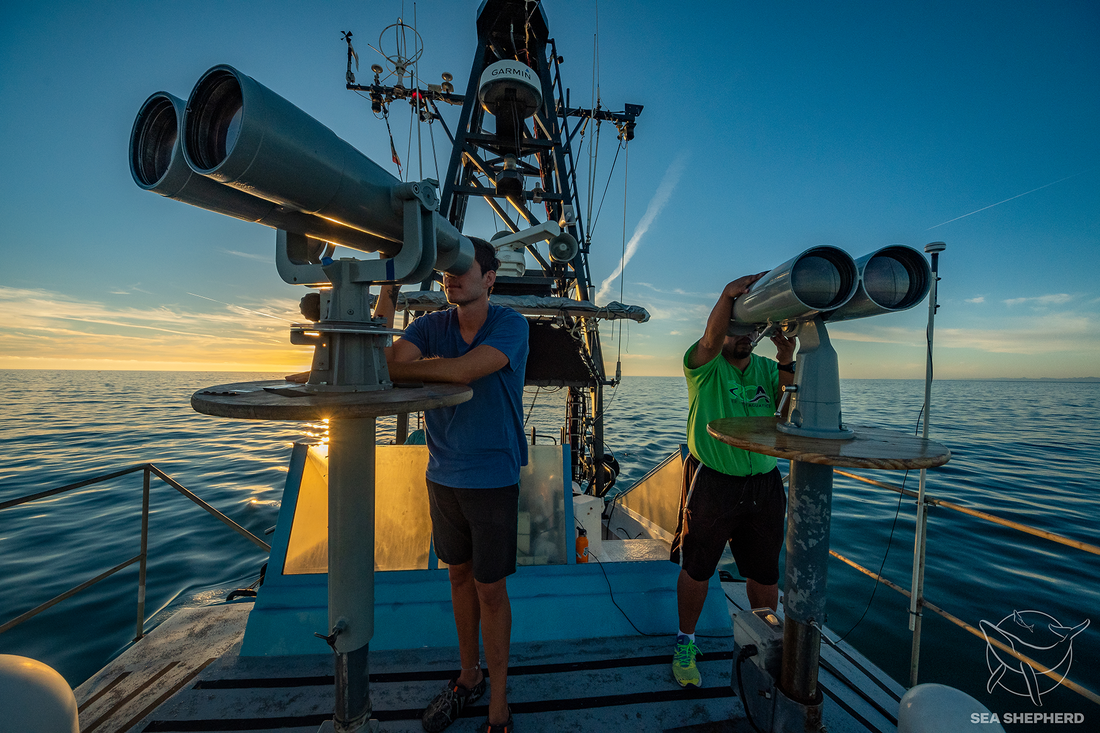
Two biologists use the "big eyes", absolutely massive binocular telescopes that can see even some of the planets in our solar system. What they are actually used for is to find the tiny dorsal fins of vaquita porpoises and traces of other cetaceans. Biologists change positions every hour and a half to keep from straining their eyes and get a chance to rest from the inevitable heat of the sun.
